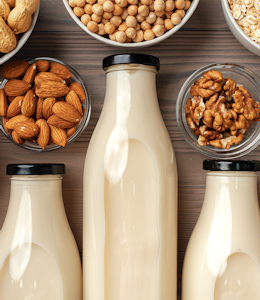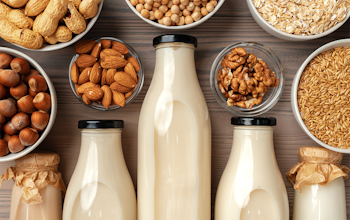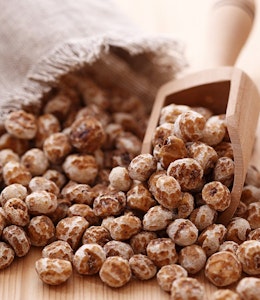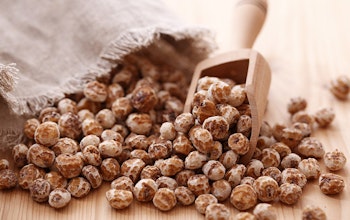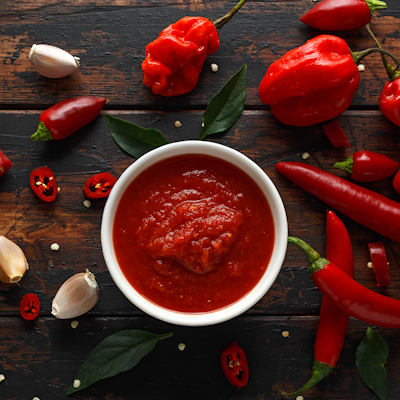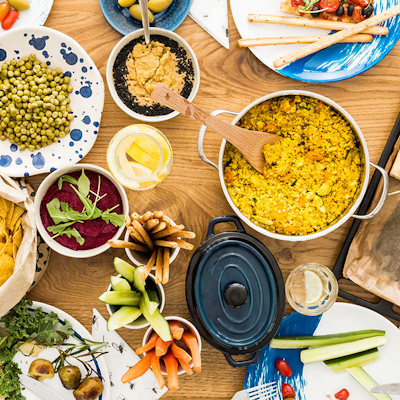Vegans and allergies
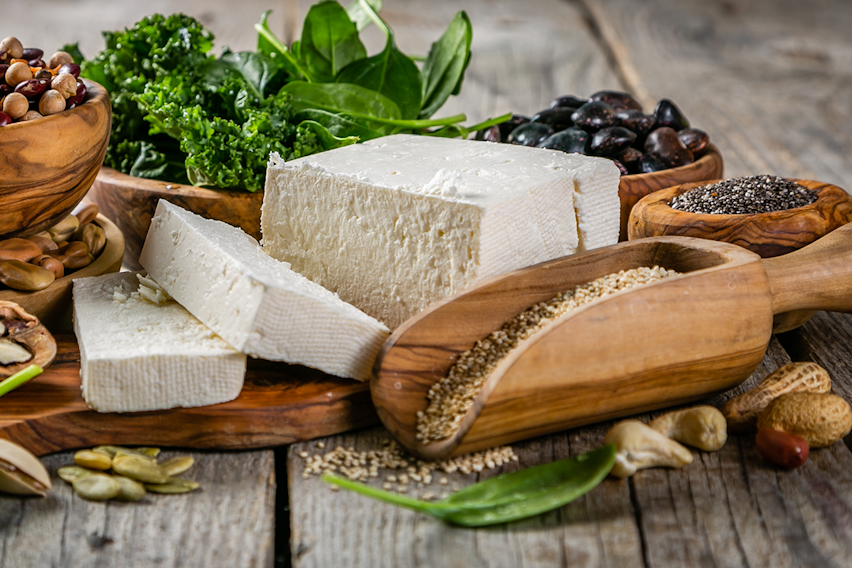
Veganism has been on the rise for quite some time now, with the entire month of November celebrating plant-based diets. Allergies are also on the rise, and though a vegan diet and allergies aren’t necessarily connected, wheat and Soya and some other ingredients commonly used in vegan dishes are among the 14 major food allergens.
But while vegans with allergies should always be on the alert, there are many allergy-friendly foods for those who avoid meat and dairy.
And that’s why we’re taking you through the vegan ingredients to avoid and those to embrace when it comes to allergens.
Major allergens commonly found in vegan food
Several of the 14 major food allergens pop up frequently in meat and dairy alternatives and other vegan products and dishes. They are:
- Soya
- Cereals containing Gluten
- Sesame
- Peanuts
- (Tree Nuts)
Now let’s learn a little more about them...
Soya
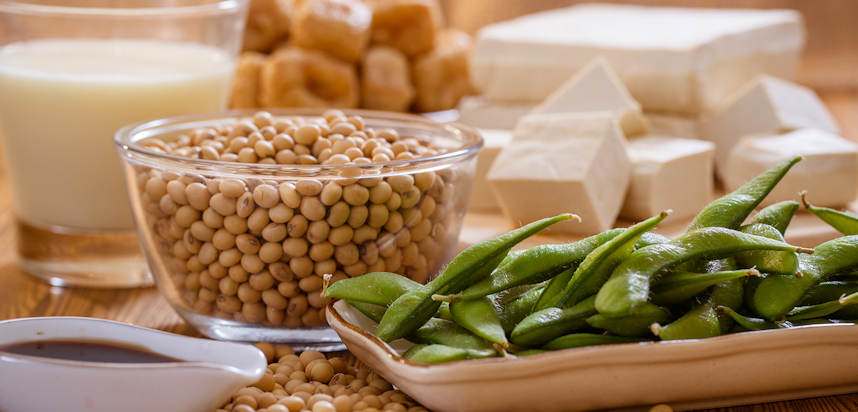
What is Soya?
Soya is a type of bean belonging to the legume family. Peas, chickpeas, liquorice and famously, peanuts are also types of legume. Immature soybeans are more commonly recognisable as edamame beans, which come in a soft green shell from which they are pressed out before eating. Mature soybeans can be eaten whole, made into oil or flour, mixed with water and strained into “milk”, or soaked in water before crushing and boiling to create the food “tofu”.
What vegan foods might contain Soya?
Tofu, which is made from water and crushed soybeans, is a very popular vegan ingredient and is often used in place of meat in dishes such as stir-frys, salads, curries and sandwiches as well as being used to make meat-free burgers and sausages. Tofu might also be blended into a thick liquid and used to replace cream or cream cheese in dairy-free dips, sauces and dressings.
Soy milk is often used in place of cow's milk in drinks like coffee, and is frequently the base ingredient in vegan ice-cream or milkshake.
Best alternative for Soya
Rice milk is the best plant-based alternative to soy milk, as rice is not among the 14 major food allergens (unlike plant-based milks like oat milk and almond milk).
Chickpea flour is a good substitute for soya flour for those with Coeliac disease or a gluten intolerance or allergy as it is gluten-free, but it may not be suitable for those with a Peanut allergy as there is sometimes cross-reactivity between Peanuts and chickpeas.
For salads, stir-frys and snacks, green peas can be used instead of edamame beans, and solid coconut cream or arrowroot can be used to thicken dishes.
The best alternative for tofu for those with allergies is polenta, a cornmeal grain that can be processed in a similar way to tofu and baked, fried, roasted and grilled.
What is polenta?
Polenta is a type of cornmeal made from ground flint corn - sometimes coarsely ground into a grain and other times finely ground into a flour-type substance. It is traditionally associated with Italian cuisine and can be boiled with water and cooled so that it solidifies into a loaf and then sliced, baked, fried, grilled or roasted, or it can be served in a similar way to oatmeal or porridge, or even mashed potatoes.
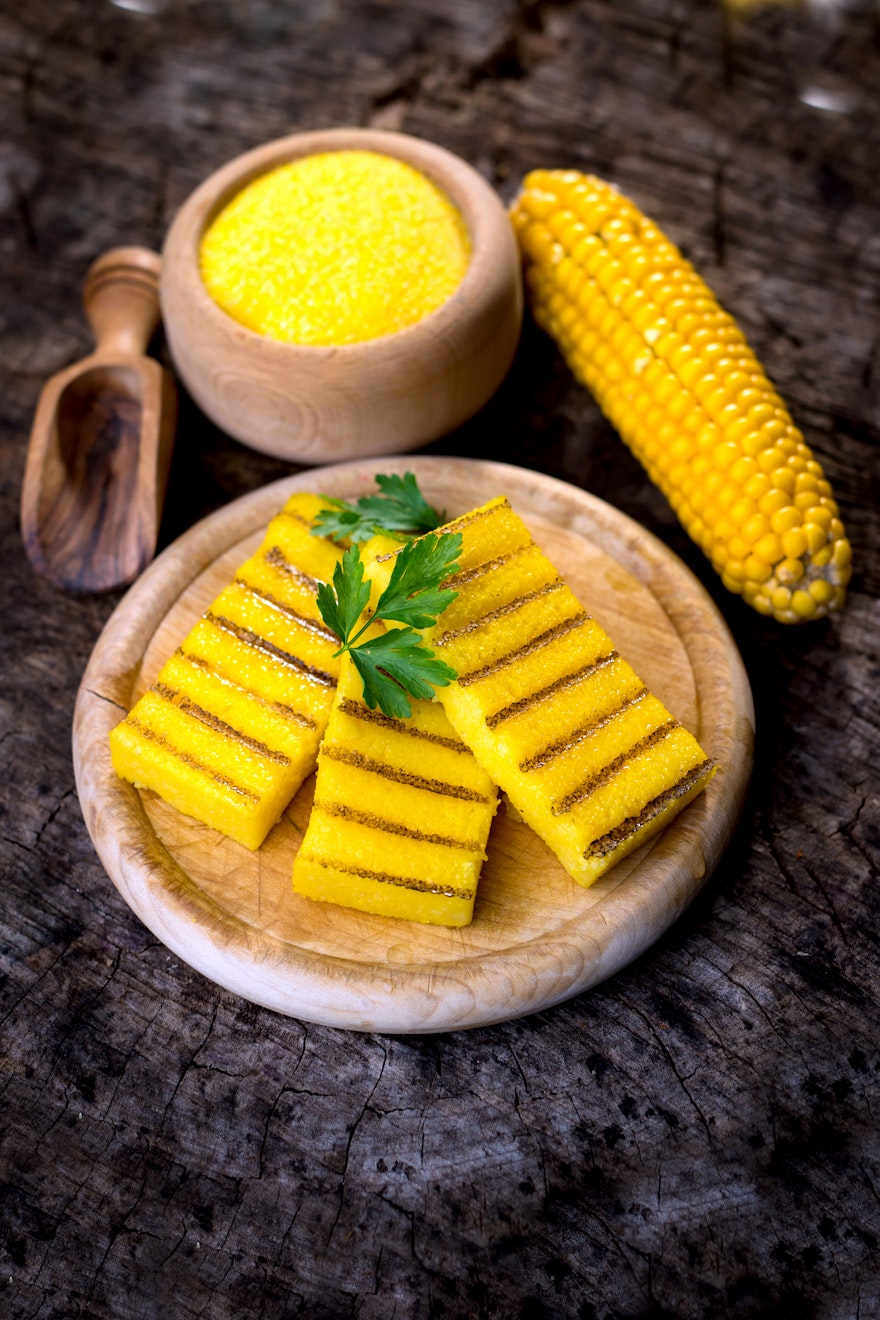
Cereals containing Gluten
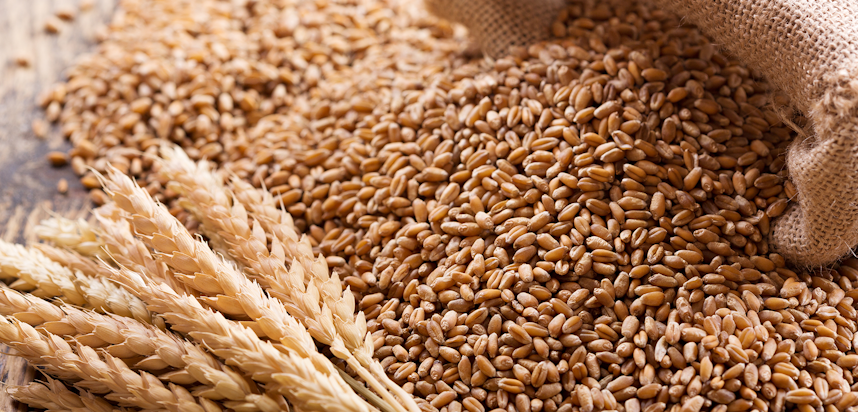
What are Cereals containing Gluten?
Like the name suggests, Cereals containing Gluten are cereals (the edible part of a grass-plant grain) such as wheat, rye, oats and barley that contain the protein gluten.
You can find a guide to the different types of Cereals containing Gluten here. Cereals can be used and eaten as wholegrains (particularly associated with breakfast foods) or more commonly ground into a flour and used extensively in cooking and baking.
Some cereals are also used to make plant-based milks and alcoholic beverages.
What vegan foods might contain Cereals containing Gluten?
Cereals containing Gluten can be found in many, many foods including a lot of foods that are suitable for vegans but would not be considered “vegan” foods.
These include:
- Beer and ale
- Bread
- Breakfast cereals
- Condiments
- Couscous
- Crackers
- Food colouring
- Dried Pasta
- Protein bars
- Sauces
Foods that are considered specifically vegan foods that might be made from Cereals containing Gluten include:
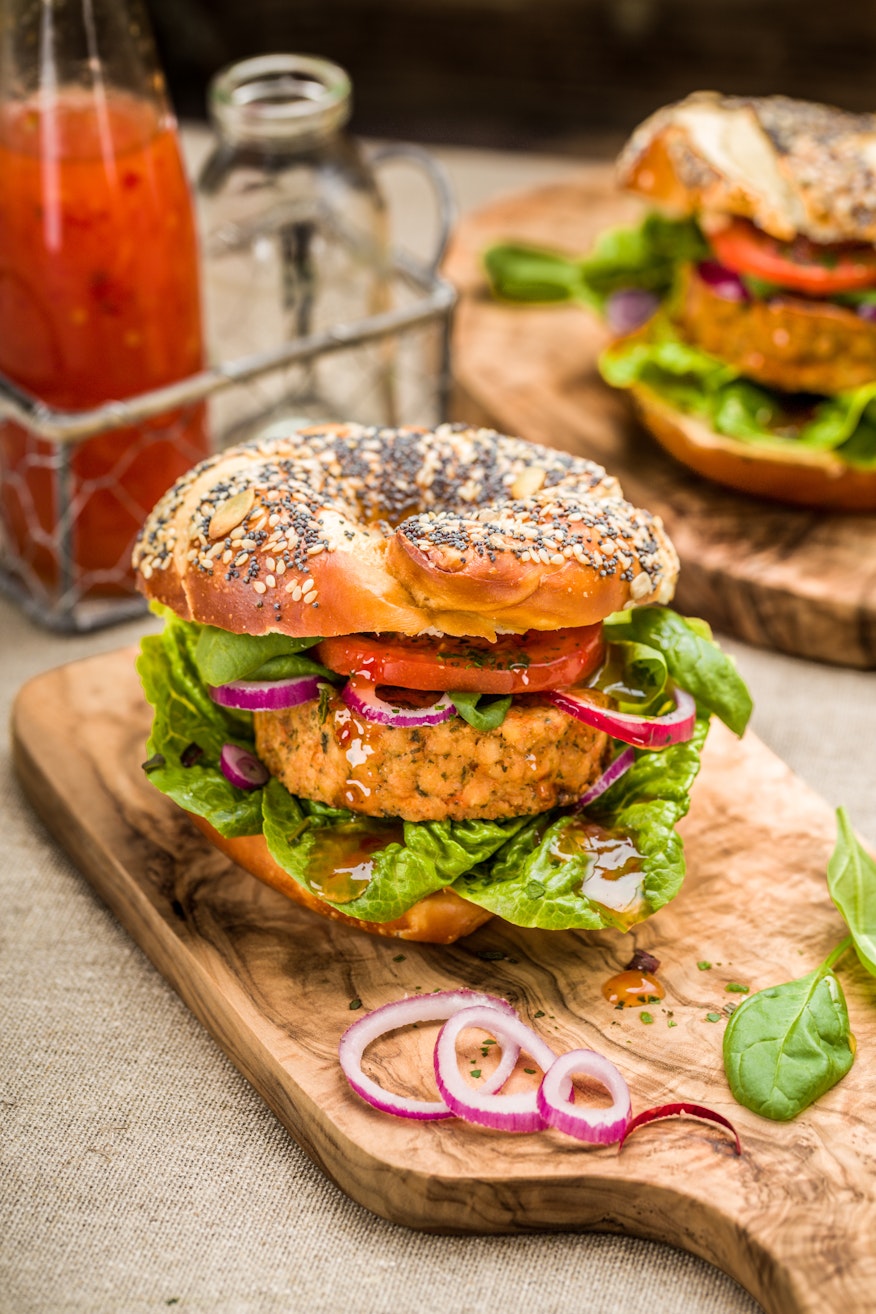
- Veggie burgers
- Veggie nuggest
- Imitation meat burgers
- Meat-free sausages
- Oat Milk
- Vegan fish
Seitan, sometimes referred to as “wheat meat” is a wheat-based product that is often used as a meat-replacement in dishes such as sandwiches, ragu and bolognese, stir-frys, fajitas and tacos.
Best alternatives to Cereals containing Gluten
As above, rice milk is the most allergy-friendly plant-based milk, and polenta can be used in recipes in place of Seitan.
For dishes that contain grains such as pearl barley, quinoa (which does not contain gluten) is a good substitute alongside chia seeds and brown rice.
Wheat flour, which is used in everything from baking cakes to thickening sauces, is easier than ever to replace - with many allergy-friendly and gluten-free flours made from ingredients such as corn, rice and coconuts on the market.
Can being vegan cause allergies?
No, being vegan cannot cause allergies. However, allergies can develop at any stage of life and several foods that are popularly consumed as part of a plant-based diet, such as Soya, Cereals containing Gluten and Nuts, are among the 14 major food allergens and more likely to trigger an allergic reaction than other foods.
If people have spent a long time being vegan they may find that they experience allergy or intolerance-like symptoms after consuming significant amounts of dairy foods or meat, so if transitioning from a plant-based diet back to an omnivorous diet it is better to do so gradually to allow the digestive system to get used to these foods again.
Sesame
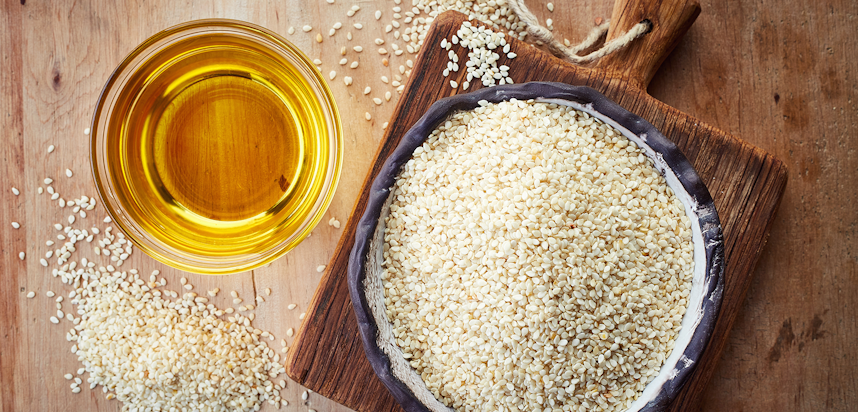
What is Sesame?
Sesame is a tropical plant that has foxglove-like flowers but is more famous for the seeds that come from the flower’s pods. Sesame seeds are frequently used as an ingredient in baking and cooking and as a garnish - as well as being eaten as a snack.
What vegan foods might contain Sesame?
Sesame seeds are commonly found in salads, dressings, vegan sushi, tahini (sesame paste) and hummus, which whilst also being consumed by non-vegans, are particularly popular with those following a plant-based diet because they are naturally meat and dairy-free.
Sesame might also be found on bagels, bread and other baked goods, although these foods are usually made with wheat flour and are therefore not suitable for many people with allergies and intolerances.
Sesame oil is also a popular ingredient in many Asian dishes.
Best alternatives for Sesame
Often the best alternative for Sesame is another kind of seed such as pumpkin seeds, sunflower seeds and chia seeds (poppy seeds can also work but they sometimes have cross-reactivity with Sesame).
Hummus can be made Sesame-free simply by omitting tahini from the ingredients, and vegetable or olive oil can be used in place of sesame oil.
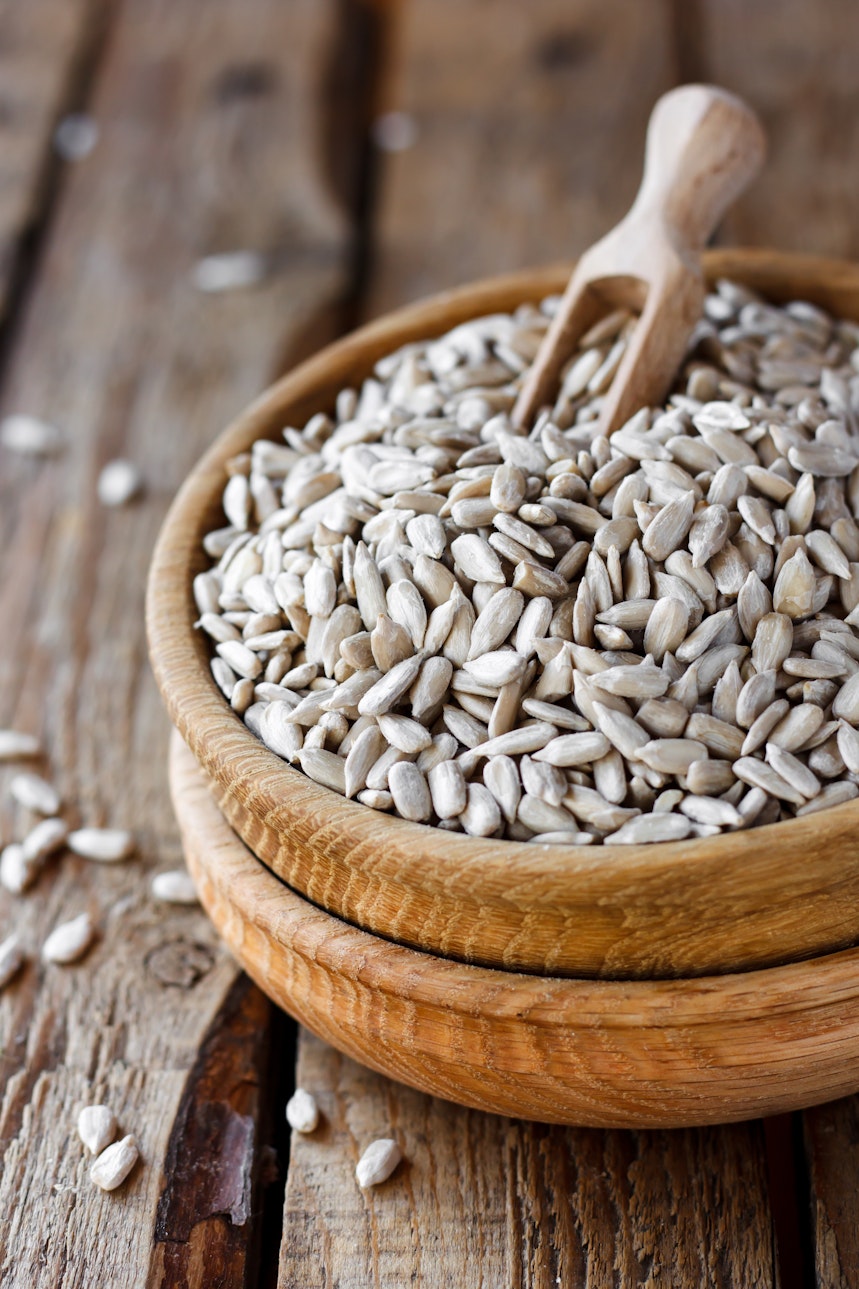
Peanuts
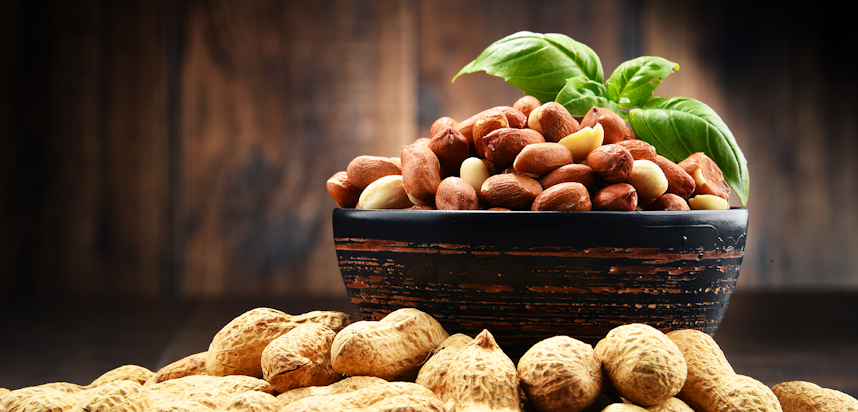
What are Peanuts?
Peanuts are a type of legume that grows underground. Peanuts are not botanically a “nut” in the same way cashews and almonds are, but they are often grouped together with (Tree) Nuts because of their similar taste, texture and uses.
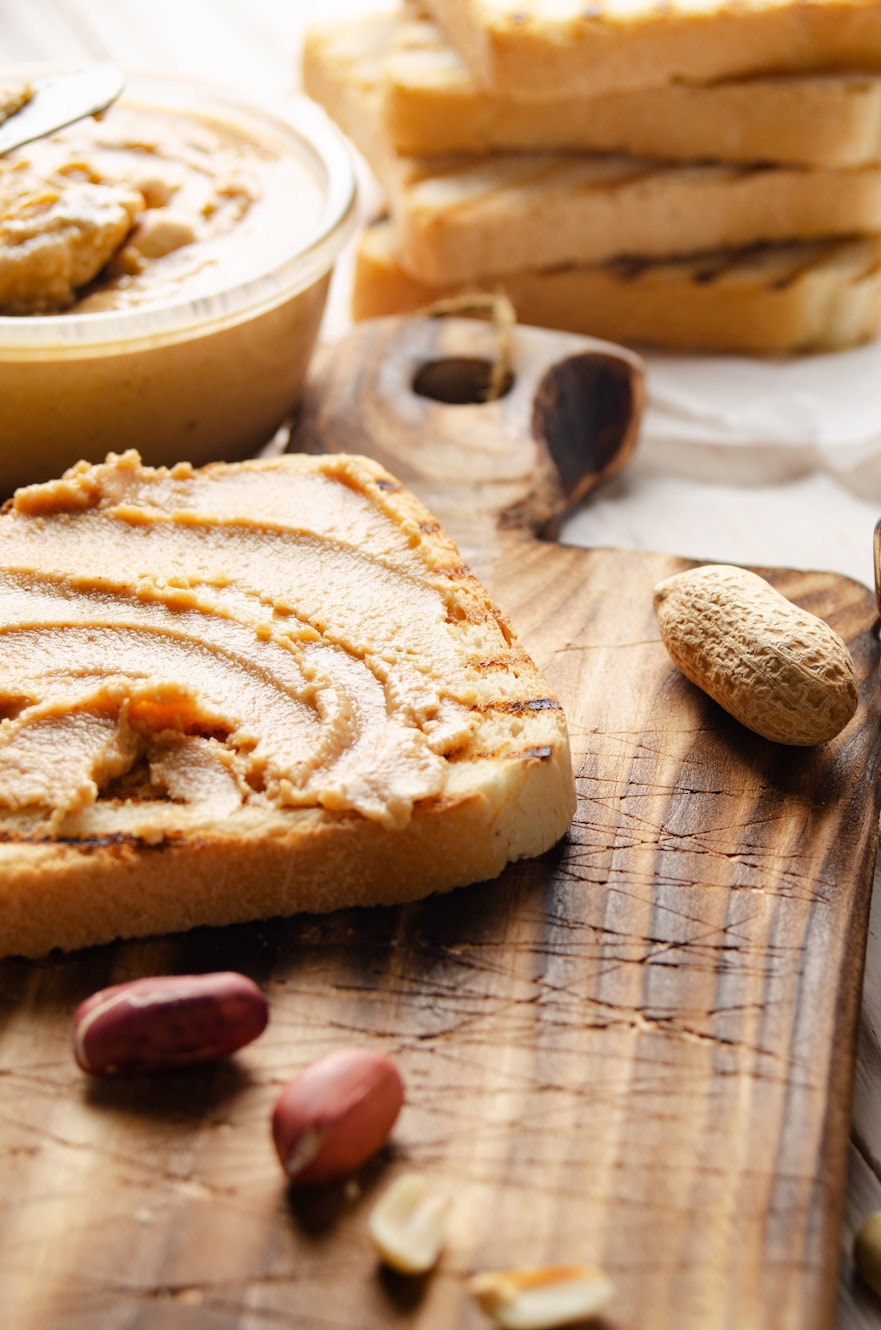
What vegan foods might contain Peanuts?
Like Cereals containing Gluten, Peanuts are found in many foods eaten by vegans that are not specifically “vegan”, such as peanut butter, Mexican mole, sauces, snack bars and cereals.
Foods that are labelled as “vegan” and contain Peanuts can include:
- Desserts
- Confectionary
- Stews
- Sauces
- Stir-frys
- Nut cutlets
- (Vegan) milkshakes
Some foods like chips may also be fried in peanut oil.
Best alternative for Peanuts
Sunflower seed butter (made from roasted and ground sunflower seeds) is a great alternative to peanut butter because of its similar flavour profile and texture. Unlike almonds, cashews, Soya and Sesame seeds, sunflower seeds are not among the 14 major food allergens.
Roasted cannellini and Haricot beans can be used in salads and stir frys as a substitute for peanuts, and tiger nuts can be used in cereal, snack bars and desserts.
Grape seed oil, olive oil and coconut oil can stand in for peanut oil when frying foods.
(Tree) Nuts
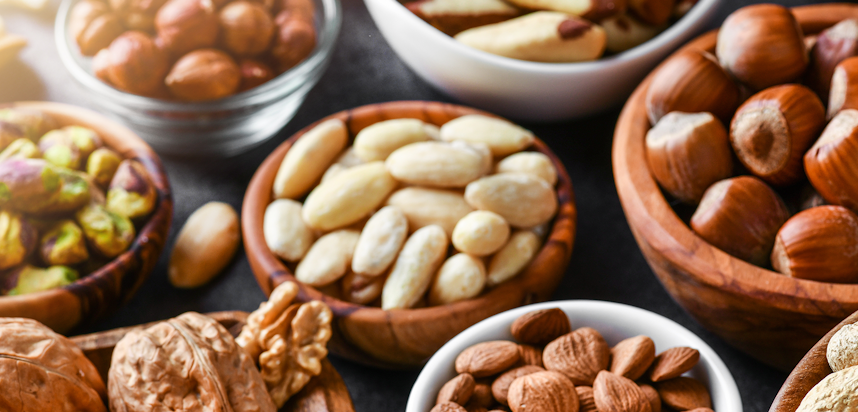
What are (Tree) Nuts?
Nuts are the edible seed of a single-seeded fruit, and come inside a hard shell. They grow on trees, which is why they are often referred to as “Tree Nuts”.
Examples of (Tree Nuts) include:
- Almonds
- Brazil nuts
- Cashews
- Hazelnuts
- Macadamia nuts
- Pecans
- Pistachios
- Queensland nuts
- Walnuts
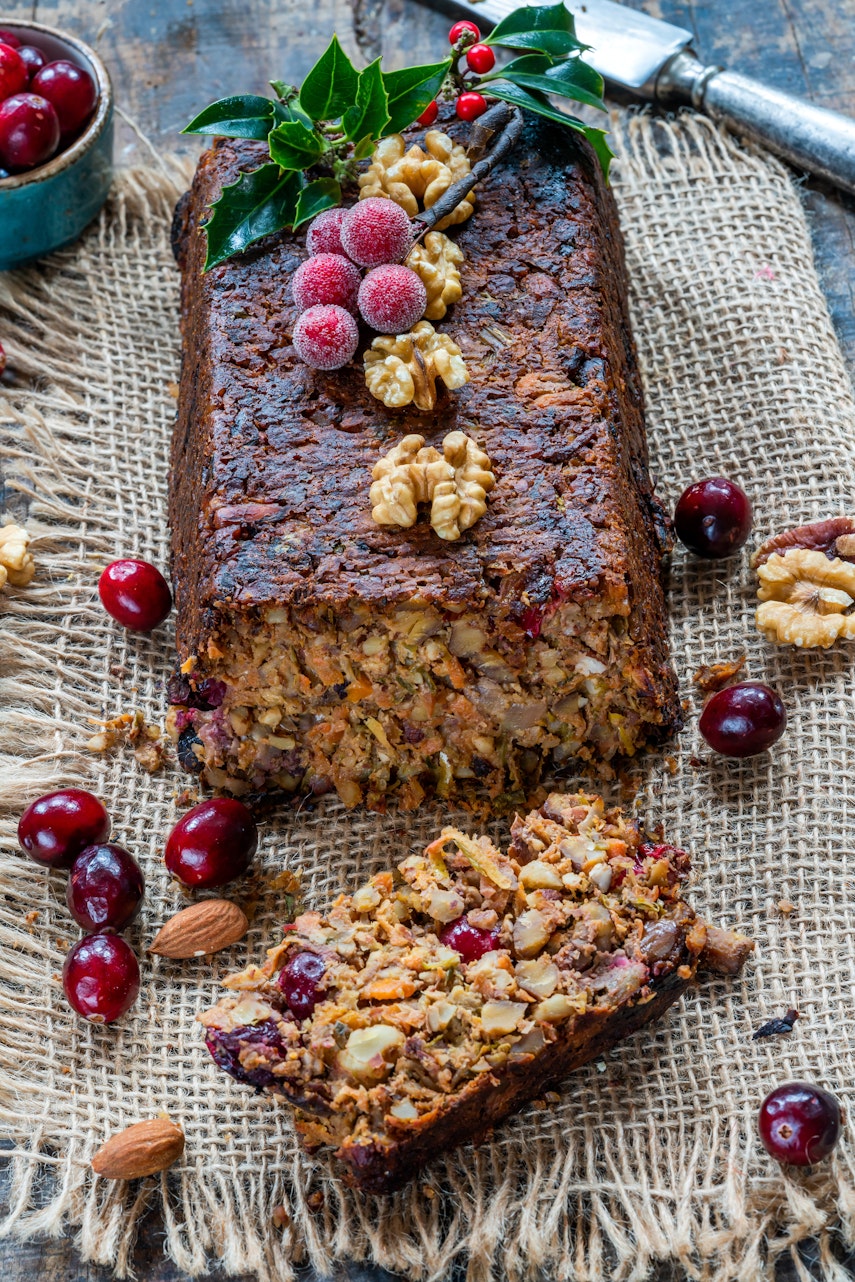
What vegan foods might contain (Tree) Nuts?
Like Cereals containing Gluten and Peanuts, (Tree) Nuts feature as ingredients in many foods eaten by vegans that aren’t generally classed as “vegan” foods - particularly nut butters, breakfast cereals and bars, baked goods, and vegetable-based Asian dishes.
However many foods designed for vegans also contain Nuts, such as:
- Nut roasts
- Nut cutlets
- Vegan cheese (often made using cashews or macadamia nuts)
- Vegan chilli
- Non-dairy milk (Almond)
- Vegan tacos
- Non-dairy ice cream
Best alternative for Nuts
Chia seeds, pumpkin seeds, flax seeds and sunflower seeds are all common nut substitutes - especially for things like vegan butter and cheese, as they have a similar texture to Nuts both whole and blended.
For a nutty flavour or the creaminess that Nuts provide, Tiger nuts are a great substitute - despite the name they are not Nuts but edible grass tubers.
Coconut fat or meat can be used instead of Nuts to make vegan cheese, and rice milk can stand in for almond or cashew milk.
Allergen-safe vegan foods
Although some of the 14 major food allergens are prominent in vegan foods, there are other popular vegan ingredients that are safe for nearly everyone to eat.
So whilst there are no guarantees when it comes to allergies, reactions to the following foods are extremely rare:
- Tiger nuts
- Coconuts
- Jackfruit
- Arrowroot
- Corn
Can going vegan cure allergies?
No, you cannot cure allergies by going vegan. Whilst some people outgrow their allergies naturally, there is no cure for allergies and they must be managed by avoiding allergens and treated with antihistamines or AAIs if the allergen is ingested. Some people believe that eating a high-fibre diet or consuming fermented food and drinks will improve gut health and make digestive symptoms of an allergy or intolerance less severe.
Tiger Nuts
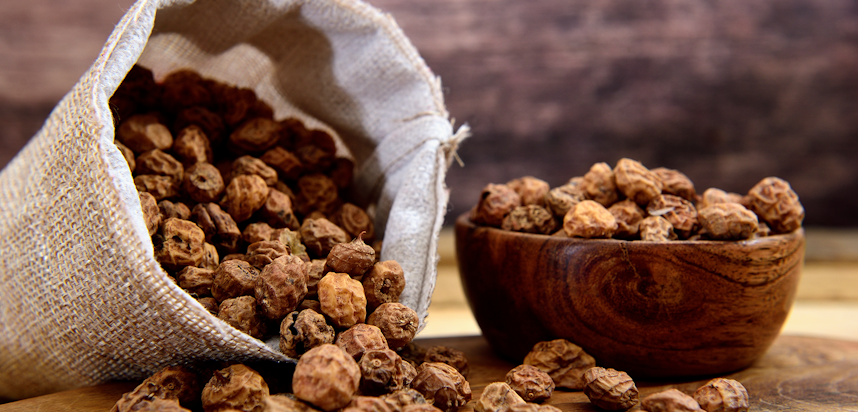
What are tiger nuts?
Not nuts, that’s for sure - tiger nuts (sometimes known as “earth almonds”) are actually the edible tuber (underground stem) of a type of sedge grass.
These wrinkled little balls take their name from their striped coating and can be eaten raw, roasted, dried or baked, and can also be made into “milk” or oil. Their taste is often described as being somewhere between an almond and a coconut, and they share a creamy, nutty flavour with many (Tree) Nuts.
Use them for
Vegans can use tiger nuts as a Peanut or (Tree) Nut substitute - they can be eaten raw or roasted as a snack, or mixed into muesli, cereals, baked goods and other puddings. Tiger nuts can also be made into dairy-free milk or ground into a flour, and most famously they are used to make the Mexican and Spanish drink horchata - a sort of rich and creamy plant-based beverage in the vein of hot chocolate or milkshake.
Coconuts
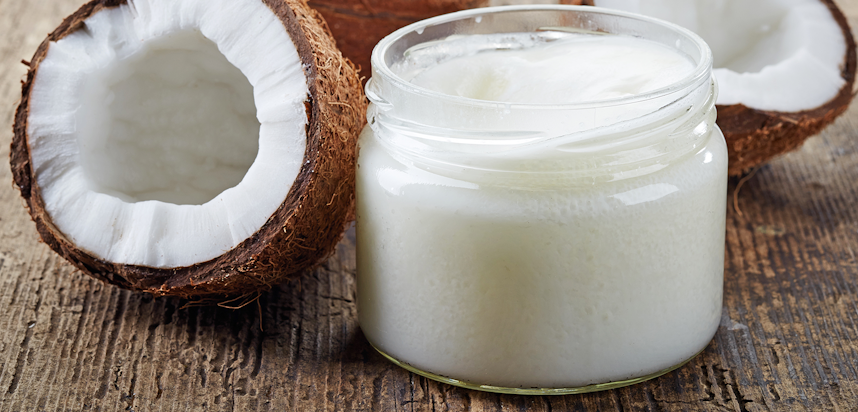
What are coconuts?
Coconuts are the “fruit” of a coconut tree, a member of the palm tree family, though the word coconut can be used to mean the fruit or the seed of the fruit (the hard shell-like part).
Though technically a (Tree) Nut, coconuts are classified as fruit and do not contain many of the proteins which cause Nut allergies.
Use them for
Different parts of the coconut can be used for different purposes. These are:
- Meat - the base ingredient for dairy-free cheese, cut into chunks and used in curries, stir-fries and stews, blended into a semi-solid consistency to add to dips and sauces, dried to be used in cereals and snack-bars.
- Milk - used to sweeten vegan desserts and baked goods, used in place of butter or cream in curry or roasted vegetables and potatoes.
- Oil -used in frying, baking and cooking as a replacement for butter or Peanut or Sesame oil.
Jackfruit
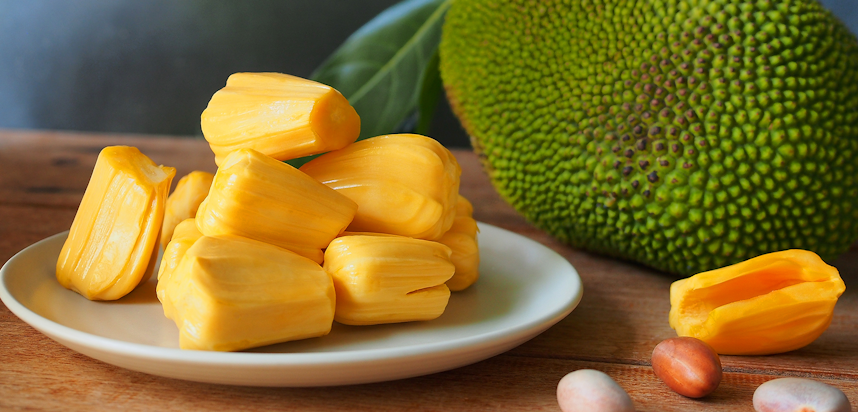
What is jackfruit?
Jackfruit is the fruit of the jack tree, a tropical tree in the fig, mulberry, and breadfruit family grown in parts of Asia, Africa and South America (particularly Bangladesh, Sri Lanka and the Philippine, Indonesian, and Malaysian rainforests).
Jackfruit can be eaten ripened or unripened and is also available in cans or frozen.
The flavour of jackfruit is generally agreed to be slightly sweet - leaning to neutral, with some people comparing it to pork.
Use it for
Jackfruit is an ideal meat substitute, as similar to white meat it takes on the flavour of whatever it has been cooked, fried or roasted in. This also makes it a great alternative to Seitan and tofu in vegan dishes. Raw jackfruit is a popular choice for vegan pulled pork because of its stringy texture.
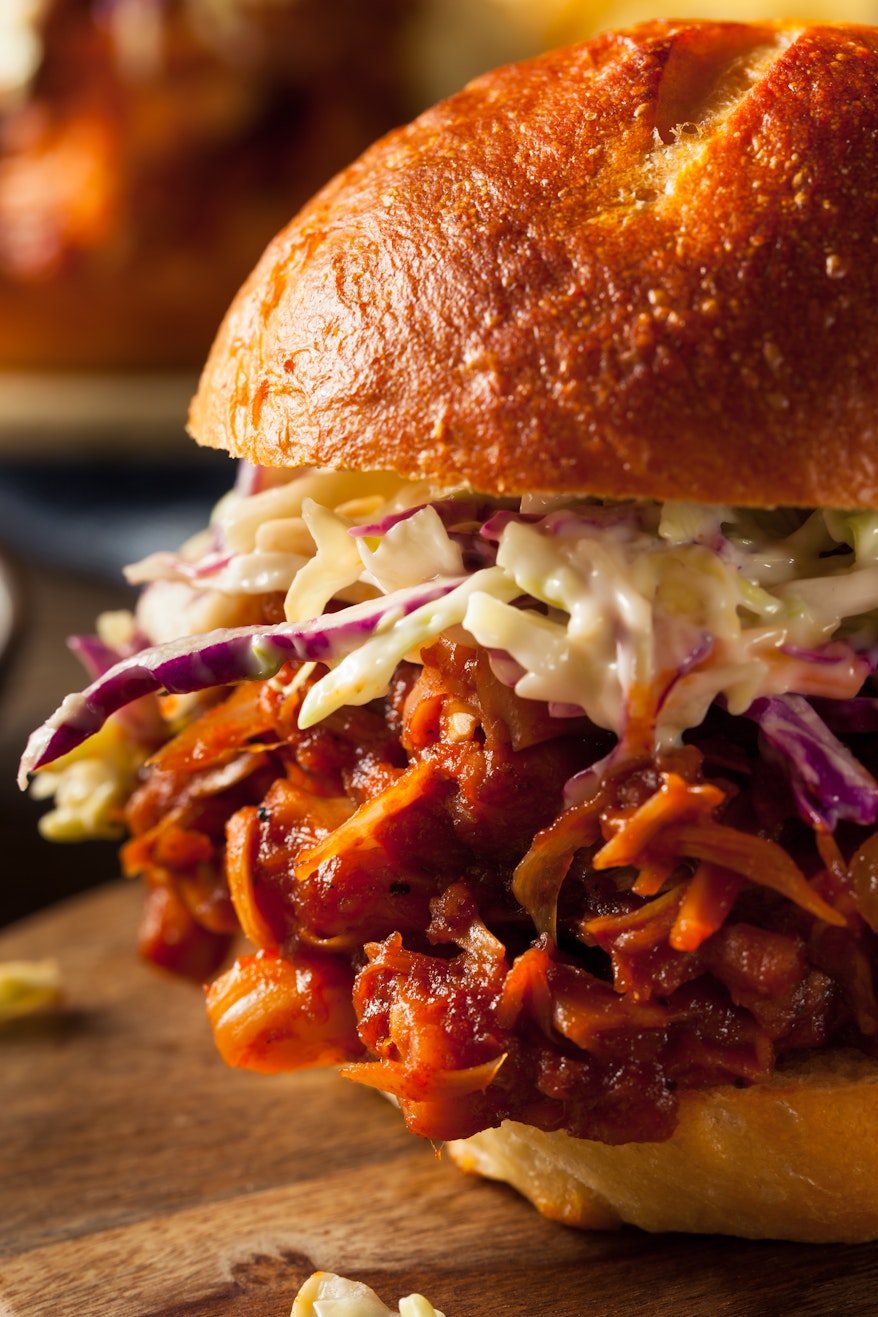
Jackfruit can also be consumed as a fruit, and blended into a cream to use in things like smoothies and vegan coleslaw.
Arrowroot
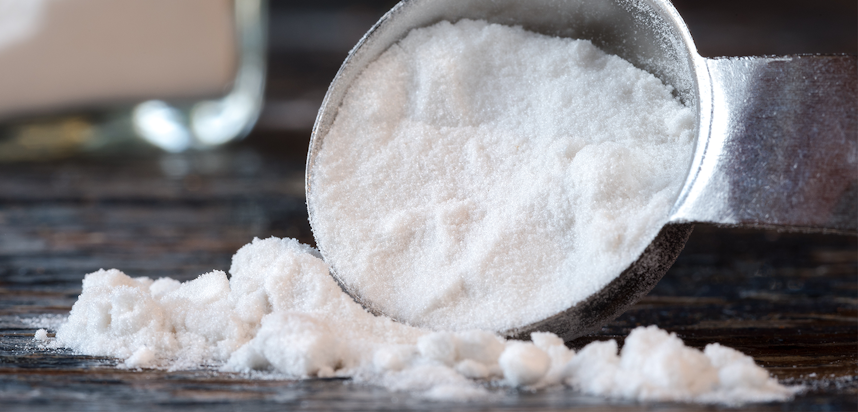
What is arrowroot?
Arrowroot powder, often referred to simply as “arrowroot” is a type of starch made from the root of the herbaceous arrowroot plant which is native the Caribbean.
Arrowroot is also known as arrowroot flour, and is used predominantly in cooking but occasionally to make medicine.
Use it for
As a naturally gluten-free flour, arrowroot is an ideal alternative to wheat flour when it comes to vegan baking.
It can be used in the same way as flour to thicken sauces, start gravy, absorb unwanted liquid, add texture and be combined with water to make a thin batter.
Corn
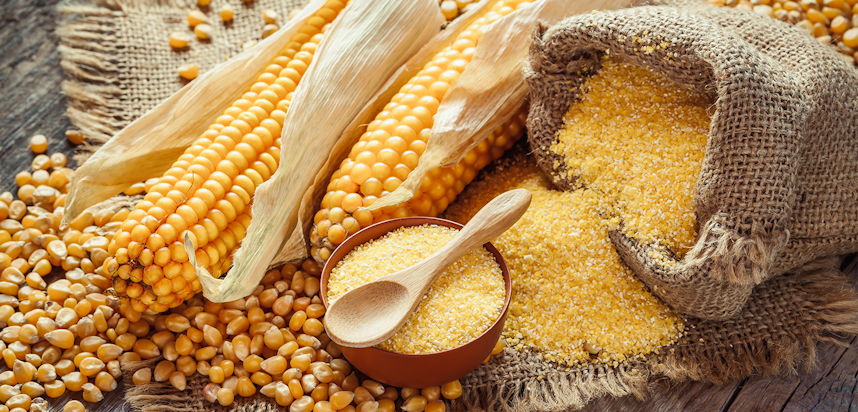
What is corn?
Corn - also known as maize - is one of the globe’s most popular cereal grains, and has been consumed for over 10,000 years.
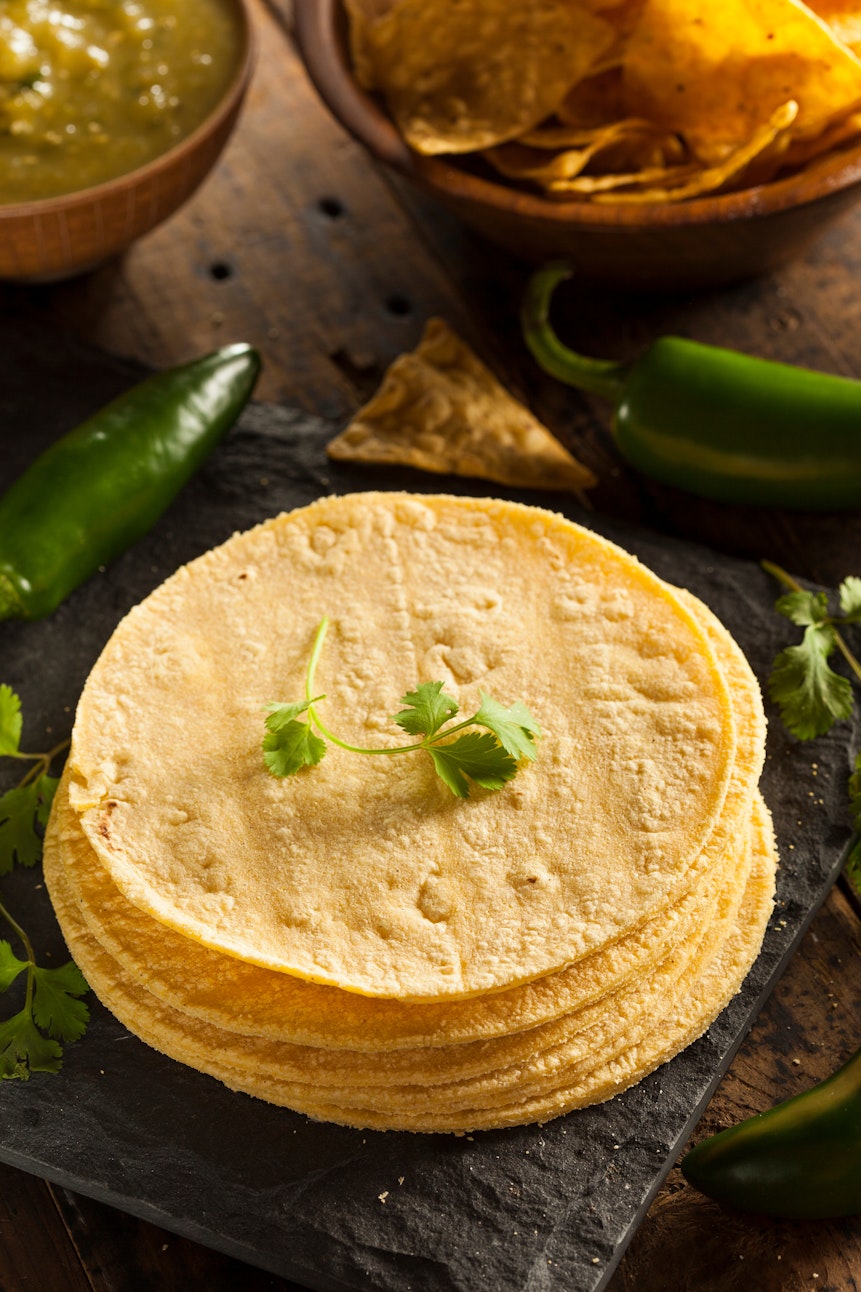
Maize is a grass plant which grows “ears” on its stalk. The ears contain cobs of corn, which contain the edible seeds - corn kernels. Corn kernels are considered wholegrains.
Corn can be ground into corn flour, milled to make cereals such as cornflakes, or used wholegrain. The cobs can also be harvested while they are young and juicy and eaten as corn on the cob, which is generally categorised as a vegetable in grocery stores.
Corn can even be made into non-animal-derived leather.
Use it for
Corn is a grain, like wheat, barley and oats - but it does not contain gluten, making it suitable for those with a Cereals containing Gluten allergy or Coeliac Disease. Consequently, corn flour is a good substitute for wheat flour in foods such as bread, pancakes, biscuits, tarts and other baked goods.
Corn tortillas are also popular, and more authentic to Mexican cuisine than wheat tortillas.
Cornflour is also great for making crispy fried foods, custards, and used to thicken sauces and soups.
Corn can be used to make cereals and other snacks, such as popcorn, and corn syrup can be used as a sweetener - though maple syrup is a better vegan option for this purpose as it contains less sugar.
What are the 14 major food allergens?
The 14 major food allergens are the allergen ingredients that Caterers and food businesses are required by law to inform customers if they are included in any of the food products they produce, sell or serve.
They are:
You may also be interested in…
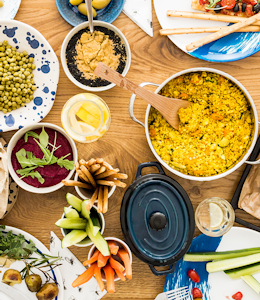
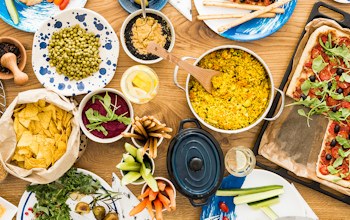
You may also be interested in…
